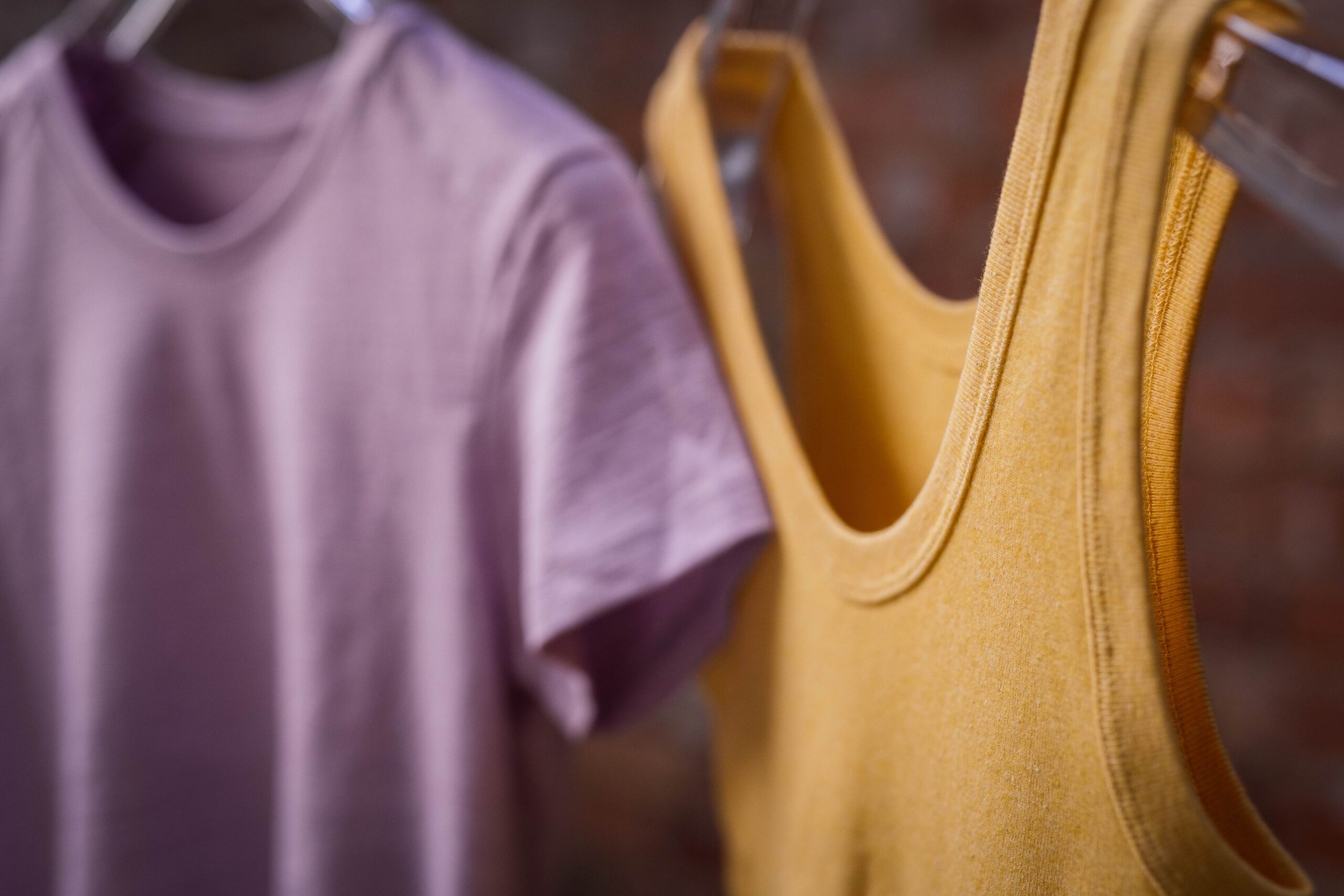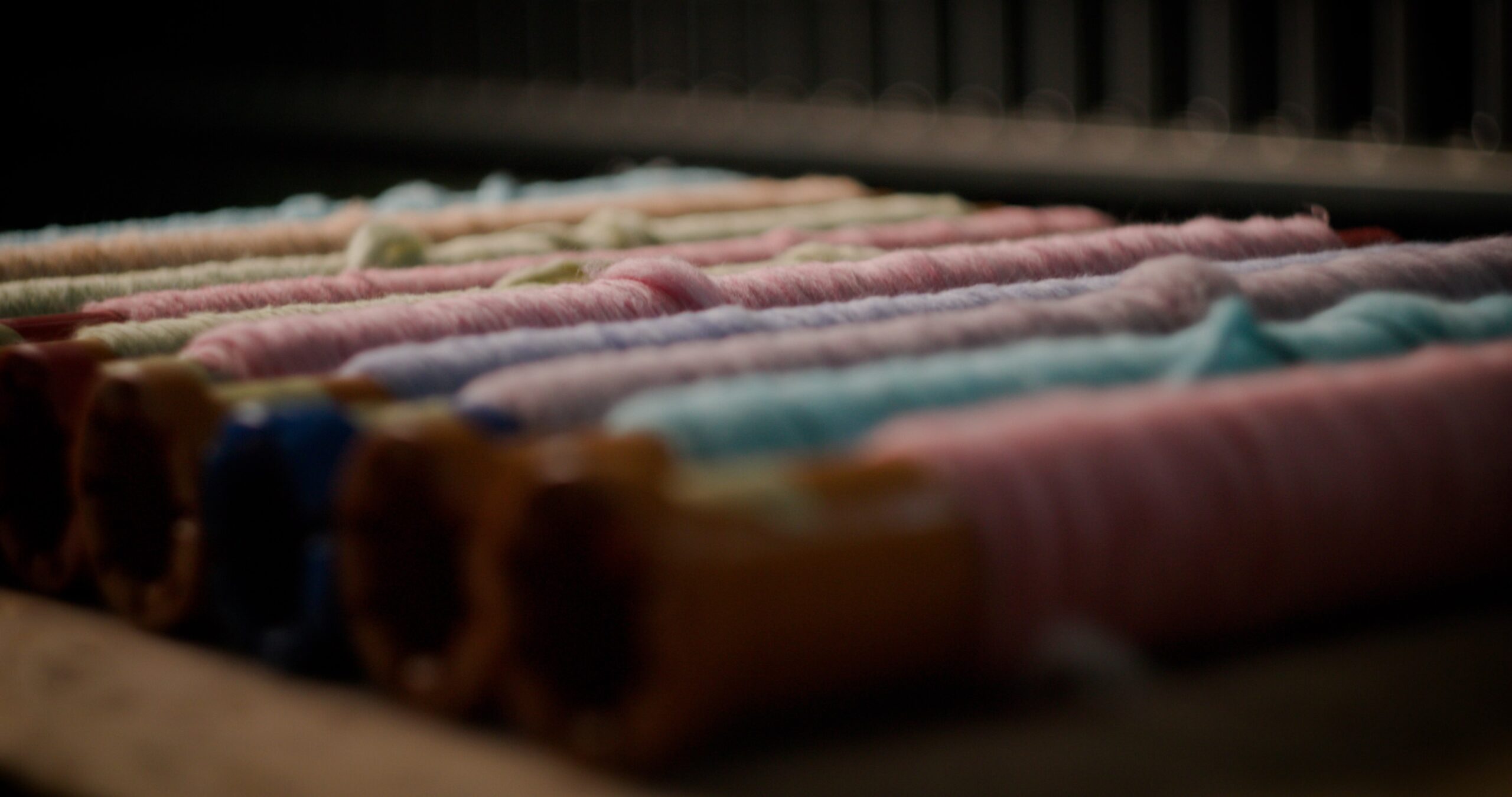
Our Project Completed in March, 2025, and our story has been picked up in October ! a live interview from Brisbane on ABC News with Joe O’Brien. This was in addition to a story about the project published on ABC News.
Mud to Marle, began nearly 2 years ago, activated by a collaboration between us, Loomtex and Deakin IFM applying for the first round of the Country Road Climate Fund , designed to support social enterprises innovate sustainably.
We had both great fun and great success with the project, our project story is here:
Can we scale this very low impact method, while we are unable to spin here? no. This is not news to any of our long term supporters, it’s just another example of the limitations while we are missing one ‘link’ of the supply chain, that could so viably be re-established here. Something I investigated at length on my Churchill Trust Fellowship in 2024.
Can brands and businesses access Australian Wool / Cotton Blends now? – yes – there is a way – Eqwools.
Michell Wool, have pioneered and mastered preparing short soft merino wool to be ‘blow room ready’ – so it can be used in cotton mills, and is currently in 24 mills world wide. While this doesn’t use the ‘dye the fibre’ then spin method of reducing the dyeing footprint, it does make yarn and cloth possible in supply chains today. If you are a brand or designer looking to include this, contact the team at Eqwools and they’ll be able to line you up with mills that are using their fibre. It’s a great start!

So what next for Full Circle Fibres and local circularity? it’s been a time of change. The main findings from the Zero Waste Textiles Churchill Trust Fellowship last year, looking at what it would take to bring back spinning and include textile recycling revealed some key features of mills and enterprises that succeed and thrive in textiles.
- They are constantly evolving, developing and iterating to be leaders in their fields. Sustainable initiatives, new technology implementation or new business capability is much easier to take on as an extablished ‘tree’ grafting a new branch, rather than starting from seed.
- They are family or family like structured businesses, focussing in decades and more, no extractive venture capital or private equity.
- They worry about market value rather than market share. In this huge industry, 1-40,000 tonnes per year looks pilot sized to the outsider, investor or policy maker, yet these are decades or centuries old businesses, employing dozens or hundreds, year in year out, pillars of their communities, ebbing and flowing in this ever changing sector.
- They serve a variety of markets, fashion is ephemeral, serving a mix of industrial, workwear, interiors, and government supply makes sense, and catering to fashion only if it suits, is key to riding waves of change.
- They own their own buildings.
I am now working in an innovative new branch of a very established, 140 year old, tree! Salvos Stores Project Boomerang. Still in the thick of textile circularity, even more so in many ways. In 2021 Salvos Stores and the Queensland Government embarked on a journey of business case development and technology assessment that led to a brilliant project to bring Australia’s first Automatic Sorting and Decommissioning Facility for waste clothing to life – here in Brisbane. This is an incredible opportunity to drive textile circularity at scale, what a privilege to be part of this.